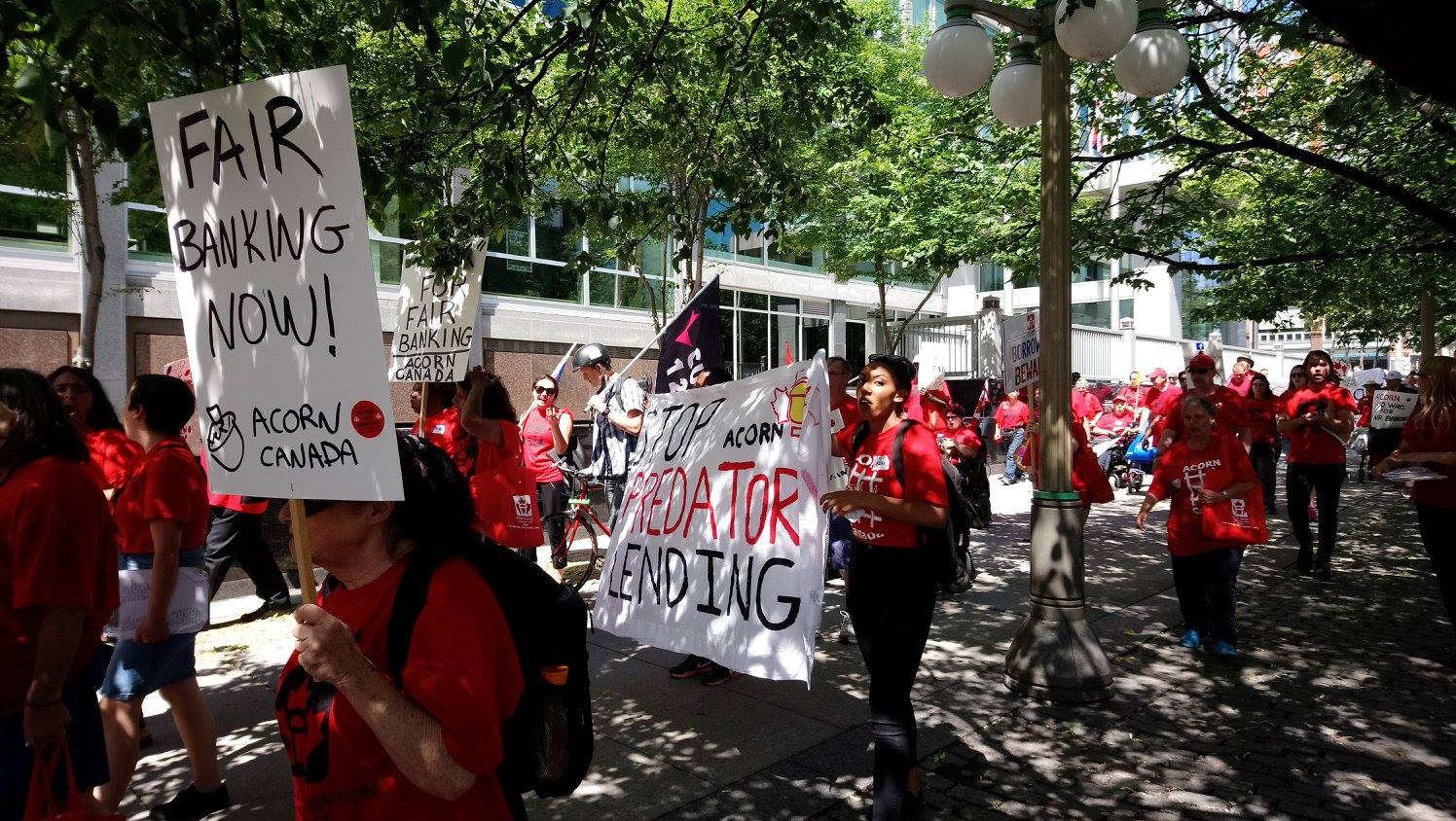
Bankruptcy
Bankruptcy is when your property and assets are sold by a licensed insolvency trustee (LIT) to pay creditors (companies that you owe money to) for outstanding debts, relieving you of most debts and preventing creditors from taking legal action. You will be discharged from the debts within a given timeframe (which can vary). Bankruptcy can make it difficult to get access to credit.
Cost: You must pay fees to the LIT and the Superintendent of Bankruptcy, and may need to pay additional payments (Surplus Income Payments).
Process
You should contact a Licensed Insolvency Trustee (LIT). A list of LITs can be found through the Office of the Superintendent of Bankruptcy Canada.
The LIT will support you to complete the required paperwork to be declared bankrupt by the Office of the Superintendent of Bankruptcy Canada.
Once you have been declared bankrupt, the LIT will deal with your creditors directly and will sell your assets, in order to pay the debt.
Depending on your income and other considerations, you may need to make additional payments (called Surplus Income Payments) to the LIT, which the LIT will pay to the creditors. You will pay the LIT’s fees.
The payments will continue until you have been discharged from bankruptcy by the court. The timescale depends on a number of factors, but it is usually a minimum of nine months.
Bankruptcy usually stays on your credit record for up to seven years, unless they have been declared bankrupt twice, when it can stay on the credit record for fourteen years.
Find out more:
FCAC – information about bankruptcy | Office of the Superintendent of Bankruptcy Canada – information about bankruptcy
